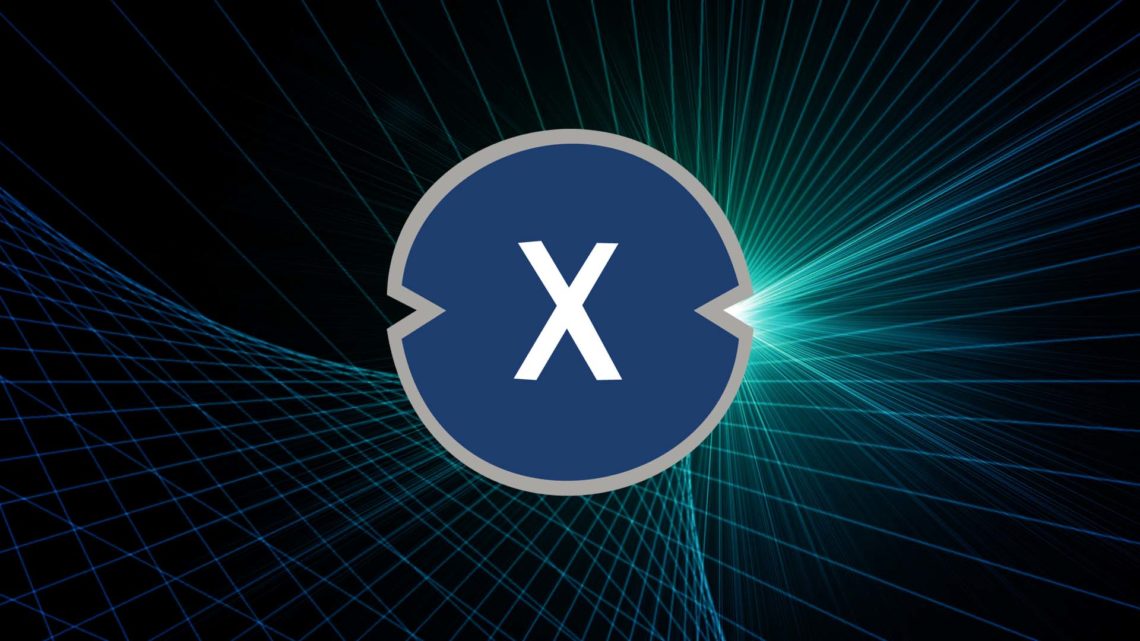In a nutshell, if the Internet is the greatest revolution till known, then blockchain technology is a revolution in internet tech itself
In the tech world, the Internet is considered a breakthrough that brought so many life-changing revolutions. Despite the Internet being hailed as a revolution of tech, blockchain technology has made it beyond the limits set by the Internet.
Still, the technology in its initial stages faces so many issues from time to time. But due to its infancy, it’s easy for now to mould the tech in favourable and desired situations. Day by day, technology is entering new spaces, which opens up further new gateways and possibilities.
It’s because of technology’s value transfer capacity anywhere in the world in almost no time and no cost. But most of the time, the capability of speed and being inexpensive started feeling hampered. The reason for this is simple: blockchains are stretching their limits resulting in congestion and traffic overload that affects speed and transaction fees.
With the motive to remove this pain point, various projects and networks have emerged. They are looking to make their name and prove their potential in the crypto space.
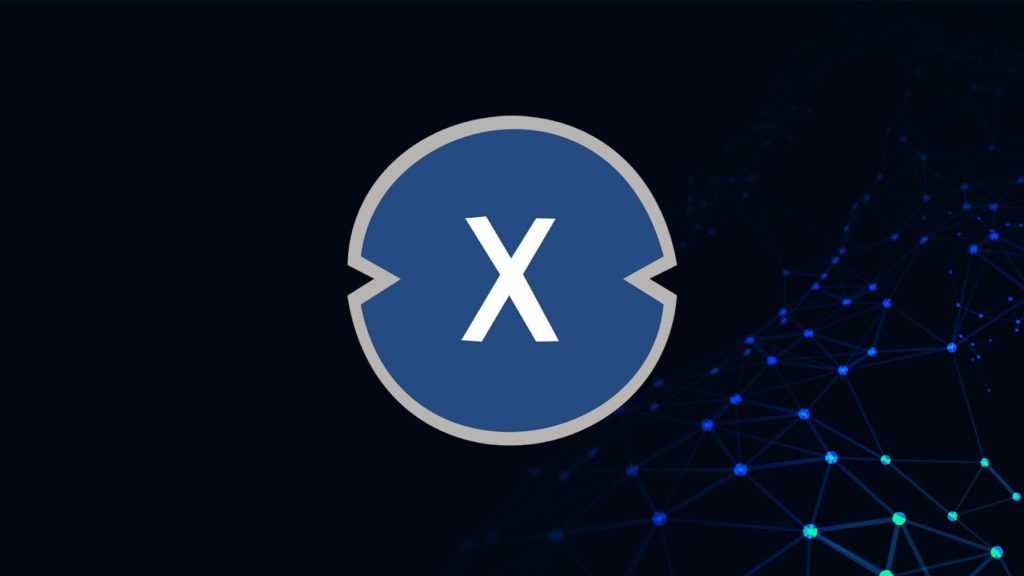
Ethereum was one of the earliest smart contract blockchains which started facing the issues mentioned above, which were later tackled by potential blockchain networks like Cardano, Solana, Tron, etc. Due to their capabilities, they were soon titled Ethereum Killer.
One such type of project is the XDC network trying to figure out the traditional issues of blockchain technology so that the tech can be applied and used in more real-life solutions.
Let’s see what XDC Network is
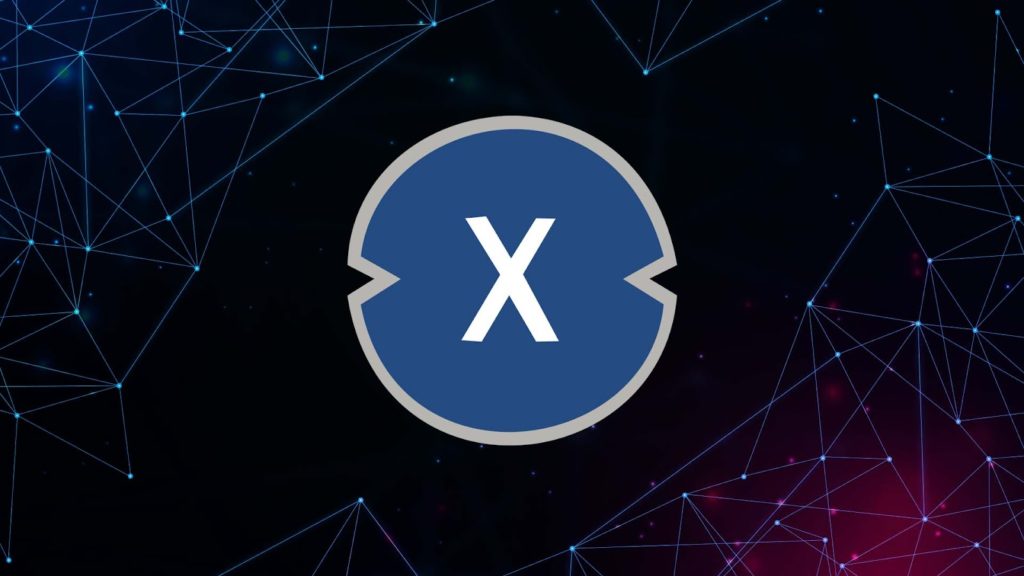
XDC network is an EVM (Ethereum virtual machine) compatible blockchain that uses a proof of stakes mechanism. XinFin Digital Contract is what XDC stands for, and other than later, the network is also known as XinFin Network. On top of that, XinFin is also meant for eXchange inFinite.
The XDC network is a hybrid blockchain network that possesses both a blockchain’s public and private nature. This hybrid nature gives it the best of both worlds; sharing data and transparency gives it the power of decentralisation and security and speed made sure by private authority.
For mechanism consensus, the XDC network uses XDPoS, that is, Delegated Proof of Stake Consensus Network, which leverages the voting power of stakeholders to resolve issues related to consensus in the network fairly and democratically.
The consensus mechanism enables instant block finality, hybrid relay bridges and interoperability. All these factors make the XDC network’s hybrid architecture friendly for developers.
XCD network describes itself as a third-generation blockchain with the capabilities to hold advantages of blockchain tech alongside minimising the drawbacks related to speed, high transaction fees, scalability, very high energy consumption etc.
For instance, as XinFin stated, its entire network consumes electricity of around 0.000074 TWh to maintain consensus. You will find this far less than Bitcoin and Ethereum energy consumption of 71.12 and 20.61 TWh, respectively.
High transaction speed that could go up to 2000 transactions per second and eventually very low gas fees makes it one of the preferable economic grade blockchains. The platform is accessible, efficient and possesses highly versatile decentralised infrastructure solutions that would help build a modernised global trade and finance sector.
The origin story of the XDC network
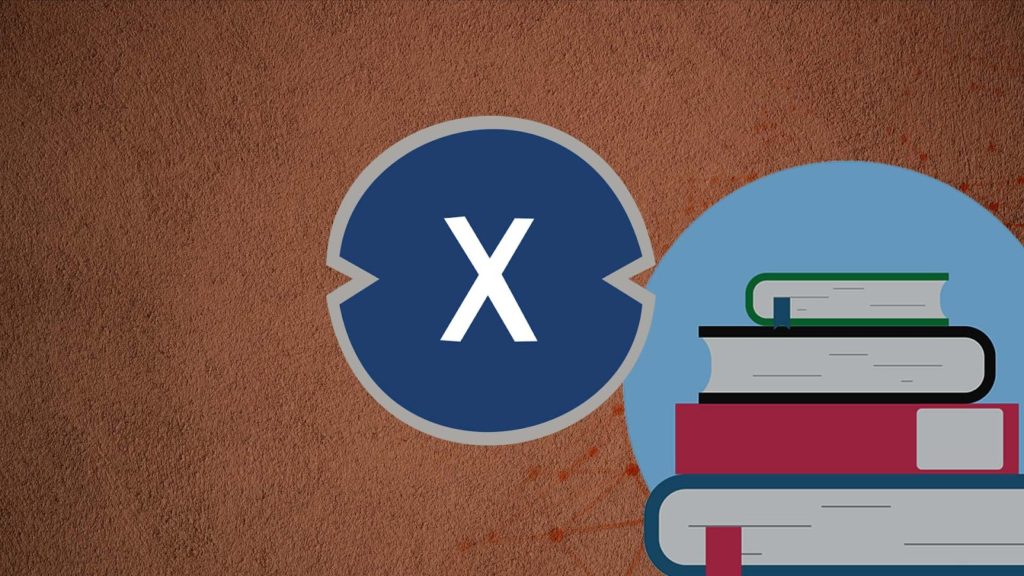
The network was co-founded by people of Indian origin, Atul Khekade, Ritesh Kakkad and Karan Bharadwaj. They all have spent a long time in the blockchain tech space. For instance, Atul has experience in software programming and has also been among founding members of other tech firms. He also funded the Blockdegree education platform that comes under the XDC network.
Ritesh Kakkad was also a serial entrepreneur who played his role in multiple ventures inside the digital space. Talking about Karan Bharadwaj, he started his startup after leaving his company in 2018 with Elatior Tech.
The XDC network platform was initially funded by raising $15 million through an initial coin offering (ICO) in March 2018. In June 2019 mainnet of the network launched, and with that, it became one of the first smart contract blockchains using a proof of stake consensus mechanism.
Also Read: Are Crypto Games The Future Of Earning?
XDC Coins of XinFin Network
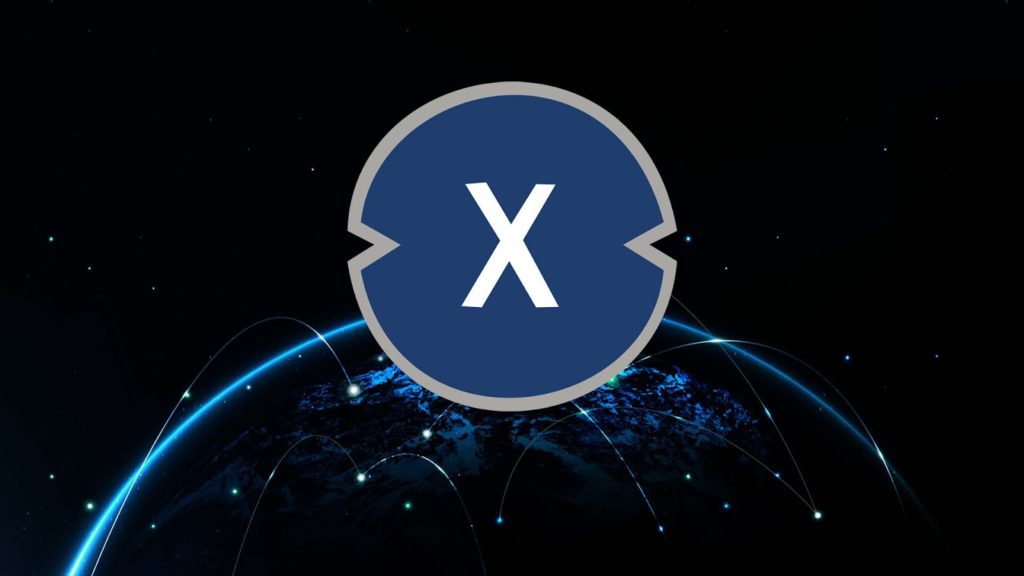
To fuel the XDC network, it uses XDC coins for its numerous operations. From paying transaction fees to acting as governance tokens for smart contract operations, XDC coins do it all. To participate in XinFin’s validator network, one needs to stake XDC coins and smart contract deployment.
XDC coins have underlying utilities as tokens empowering the XDC network’s hybrid blockchain. It acts as a settlement medium for transactions to use by DApps built on the XinFin blockchain network. Various projects on the XDC network like MyContract, TradeFinex, Land Registry, iFactor, Kramaa, Blockdegree and Turantpay are using XDC coins as their utility token.
The total supply of XDC coins is more than 37.7 billion, out of which 12.3 billion are in the current supply.
At present, the trading price of XDC coins is $0.052 per coin. It was lowest at its initial phase in June 2019, which was $0.00015, but in Aug 2021, XDC coins price attained its all-time high of $0.19.
Real-Life use cases and utilities of XDC network
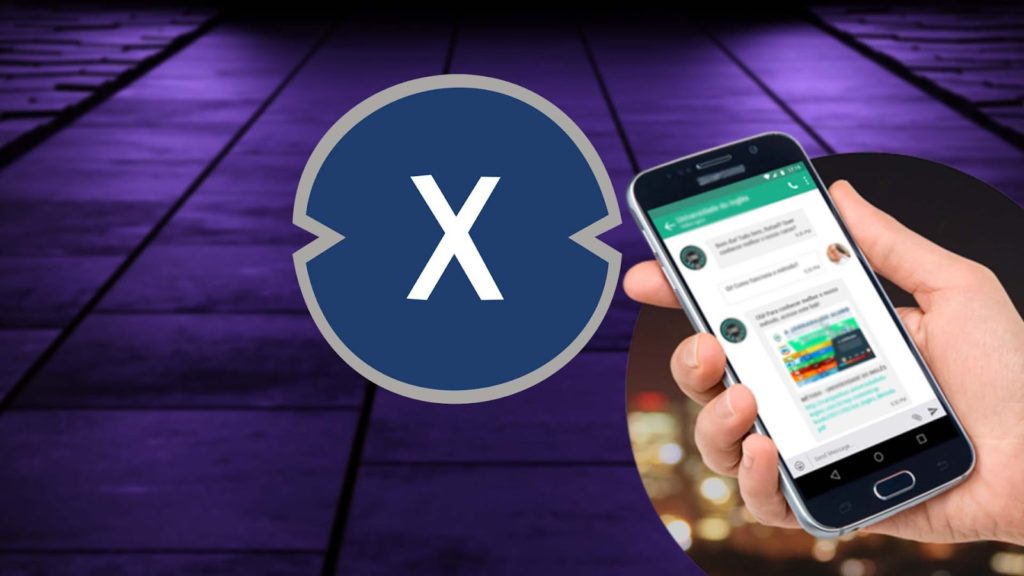
Let’s talk about initiatives being taken by the XDC network. It provides the platform allowing organisations anywhere in the world to participate in the global trade market with its highly efficient smart contract, at ultra low cost and very high speed that has settlement capabilities in real-time.
XDC network has a financial messaging system of standard ISO20022 that ensures compatibility between traditional financial systems and its hybrid blockchain. This method makes it easy for firms. Companies and even governments shift their centralised system into a more efficient and robust decentralised system with smart contract capabilities of the XDC network.
Hybrid protocol of XDC network, XDC01 has best fundamental workings of Ethereum and Quorum Platform of IBM to provide solutions to lackings and inefficiencies of the global financial market. As XinFin is EVM compatible, it makes it easy for developers to deploy their smart contracts from Ethereum to the XDC chain with very few or without any modifications.
Its hybrid nature enables it to support chains tasked for any practical purpose, be it in public, private or consortium form. The projects mentioned earlier that use XCD coins as utility tokens perform their tasks like blockchain-powered insurance, peer-to-peer trading platform, digital asset linked identity, land registry with end-to-end to record management systems and a lot more. These tasks are managed by one network that shows its versatility and scope of utility.
Numerous companies and firms have partnered with the network, and many projects developed on blockchain and continue. Worth mentioned names of the projects are MyContract, TradeFinex, Land Registry, iFactor, Kramaa, Blockdegree and Turantpay are created on the XDC network.
Out of the Land Registry, TradeFinex, Kramaa etc., are in their testnet stage. On the other hand, Travala, Stasis and XSwap Protocol are soon to launch.

Nancy J. Allen is a crypto enthusiast, with a major in macroeconomics and minor in business statistics. She believes that cryptocurrencies inspire people to be their own banks, and step aside from traditional monetary exchange systems. She is also intrigued by blockchain technology and its functioning. She frequently researches, and posts content on the top altcoins, their theoretical working principles and technical price predictions.


 Home
Home News
News
